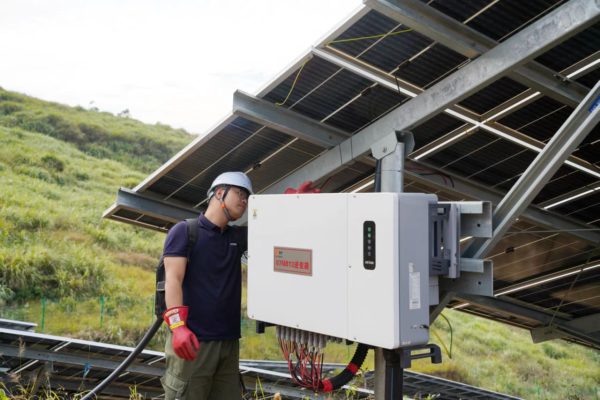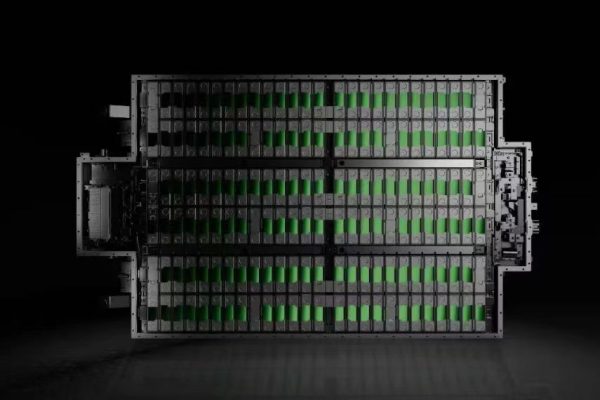Why Intelligent Software is the Hidden Engine Behind Solar + Storage Success
As PV + Energy Storage Systems (ESS) become more complex and widespread—from small-scale residential to C&I and containerized systems—the software that monitors, controls, and optimizes these systems is now just as important as the hardware.
For system integrators, exporters, and local installers, choosing and configuring the right software platform can mean the difference between a profitable, stable installation—or a nightmare of inefficiencies, client complaints, and costly service calls.
This article breaks down what software platforms do, which features to look for, and how they help maximize performance, lifetime, and ROI in PV + ESS systems.
🌐 What Do Software Platforms Manage in PV + ESS?
A good software platform serves as the “digital brain” of the system, overseeing:
- Energy flow control: Deciding when to charge, discharge, or export
- Real-time monitoring: Battery state of charge, PV output, loads, temperature, etc.
- System diagnostics: Alerts, alarms, and error reporting
- Remote updates & configuration: Firmware, schedules, parameters
- Reporting: Performance logs, savings reports, fault history
- Grid interaction: Frequency control, export limits, demand response
🧠 Types of Platforms
1. Manufacturer-Built EMS Platforms
Example: SolisCloud, Huawei FusionSolar, GoodWe SEMS
- Fully integrated with brand hardware
- Optimized for performance and diagnostics
- Often free or included
✅ Best for: Simplicity, smaller systems, brand-loyal installs
❌ Limitation: Less flexible with 3rd-party devices
2. Independent EMS / SCADA Platforms
Example: Solar-Log, Tigo EI, SMA ennexOS, Pylon EMS
- Compatible across multiple brands
- Offer more granular control & advanced features
- SCADA integration possible for large sites
✅ Best for: Multi-brand systems, C&I, utility-scale
❌ Limitation: Requires license fees, more configuration
3. Custom or Localized Platforms
- Designed by regional integrators or software teams
- Tailored to local grid rules or client business needs
- Supports add-ons (e.g., diesel gensets, fuel optimization, DR programs)
✅ Best for: Niche applications, export projects with localization needs
❌ Limitation: Risk of bugs, less standardization
🔍 Key Features to Look For
| Feature | Why It Matters |
|---|---|
| Real-Time Monitoring | Catch faults early, verify operation |
| Remote Access & Control | Update settings without site visits |
| Customizable Schedules | Peak shaving, time-of-use arbitrage, backup priority |
| Multi-Source Support | Grid + PV + genset + wind, etc. |
| User-Friendly Dashboards | For both technician and homeowner use |
| Mobile App Access | Especially important for residential users |
| Grid Services Support | For virtual power plant (VPP) and ancillary services |
🔄 Cloud-Based vs. Local Control
| Type | Pros | Cons |
|---|---|---|
| Cloud | Easier updates, analytics, remote access | Internet-dependent, may raise data security issues |
| Local EMS | Works offline, more stable in remote locations | Harder to update, limited data history |
🔐 Security Considerations
As energy systems become connected, cybersecurity is vital—especially for commercial and government projects.
- Use encrypted communication protocols (e.g., HTTPS, TLS)
- Ensure regular firmware updates
- Allow for multi-tier user roles and permissions
🧰 For System Integrators and Installers
- Offer pre-configuration services before shipping
- Train local teams and customers on software basics
- Use white-label dashboards if branding is important
- Set up email/SMS alerts for fault escalation
- Offer software as a value-add in project proposals
📈 Real Case Example
A Philippine resort using a 100kW PV + 300kWh ESS setup switched to an EMS with AI-based load forecasting. After 3 months:
- Reduced generator runtime by 60%
- Increased PV self-consumption from 48% to 83%
- Cut energy costs by $1,200/month
In today’s hybrid energy systems, hardware can only go so far without smart software to manage it. For residential, commercial, or export-oriented projects, choosing the right platform—and setting it up correctly—ensures long-term value and customer satisfaction.
Whether you’re integrating inverters, lithium batteries, or full containerized solutions, don’t underestimate the power of a good software platform. It’s not an optional extra—it’s your system’s operating system.









